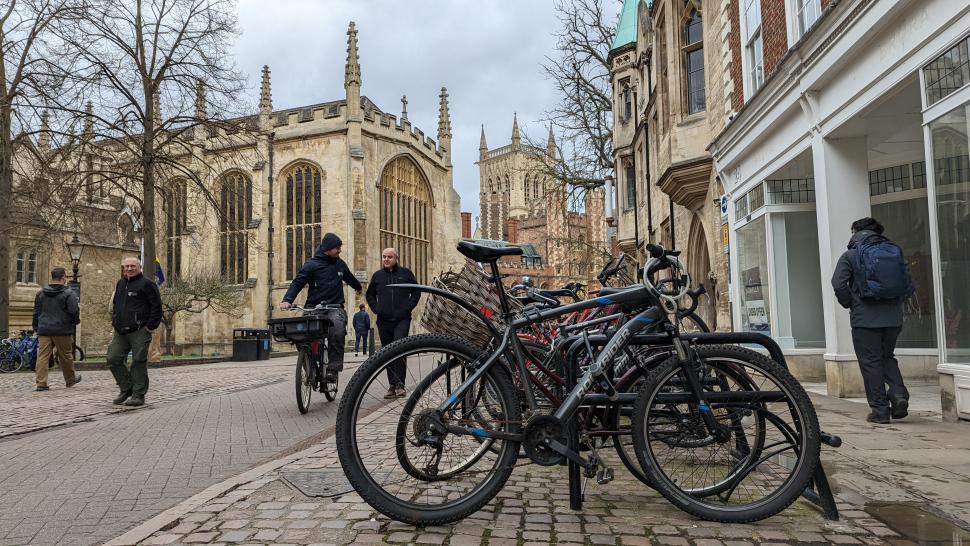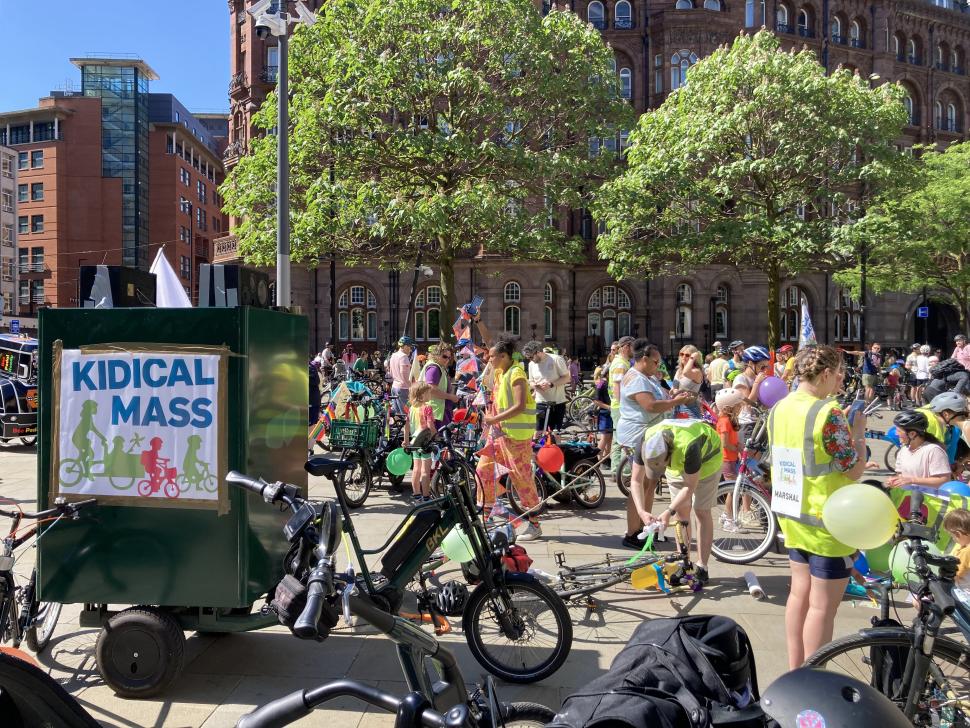The UK “continues to lag seriously behind its European counterparts” when it comes to safe, connected cycling infrastructure, a new global ranking of bike-friendly cities has revealed.
According to US-based advocacy group People for Bikes’ City Ratings, a data analysis tool ranking cities and towns across the world on how amenable they are to cycling, Cambridge tops the chart as the UK’s most bike-friendly city, but only sits 11th overall when compared to the rest of Europe, while 16 of England’s 20 highest-rated boroughs are in London.
First established in 2017, People for Bikes’ City Ratings tool scores and measures the quality and connectivity of each city’s cycle network, including its protected cycle lanes and bike paths, along with its low-speed limits and safe crossings for people on bikes.
Of the 83 UK locations measured by the group, up from the 53 included in the list last year, Cambridge comes out on top with an average score of 84 out of 100, with the city faring especially well when it comes recreational cycling (which scored 87), and for cycling to shops, core services, and jobs and schools (87, 85, and 83 respectively).
Just behind were the London boroughs of Hackney and Islington, which both scored 82, and feature in the top 20 globally when ranked individually.
“This high performance from London boroughs shows what can be done when there is clear funding and political commitment to more bike infrastructure,” People for Bikes said.
London’s average score, however, was a paltry 69, lowered by its worth three boroughs for cycling, Bromley, Harrow, and Barnet, which scored 52, 51, and 50 respectively.
Greater Manchester (49) and the West Midlands (46) fared even worse, however, leading cycling campaigners in Birmingham to point out that people in the city want to cycle more but are let down by a lack of safe roads and infrastructure.
Responding to the City Ratings report, which also gave Birmingham an individual score of 54, Mat MacDonald, chair of Better Streets for Birmingham, told the Birmingham Mail: “It’s encouraging to see Birmingham’s score in this index increasing, but there’s a long way to go before people feel secure enough to take shorter journeys by bike in this city.
“Time and time again, polls and studies show that many Brummies want to cycle more but lack the safe roads and infrastructure to make it a reality. If the council is really serious about its vital ambition to reduce car journeys, it needs to step up its game and deliver both the big projects and community quick wins that will enable people to make the switch to cycling.”
Meanwhile, the campaign group Walk Ride GM said that Greater Manchester placing four of its boroughs in the bottom 12 places in the UK – with Bury placing second bottom with a score of 39 – was “unacceptable”, and criticised the disparity between Manchester itself (which scored 64) and the surrounding area when it comes to safe cycling.
Only Leigh-on-Sea in Essex finished lower than Bury in the UK rankings, with a miserable score of 35, including just 11 for the ease in which cyclists can reach major transport hubs.
Elsewhere, Edinburgh scored 78, placing 10th in the UK, Cardiff scored 70, Glasgow 60, and Belfast – where campaigners have long decried the inaction that has left it trailing behind the UK’s other capital cities on cycling – just 46.
The City Ratings picture for the UK looks most bleak when compared to the rest of Europe, where The Hague came out on top with a score of 89, making it the best large city for cycling in the world according to People for Bikes, while Brussels and Paris followed closely behind on 87, with the group extolling the “bold and drastic action that Mayor Anne Hidalgo has taken since first being elected in 2014” in Paris.
Lyon and Utrecht both scored 86, while Leuven, Munich, Amsterdam, the small Dutch cities of Almere and Eindhoven rounded out Europe’s top 10.
“The aim of this data is to spotlight the best cities and towns for cycling, as well as provide city leaders and local advocates with actionable insights to make cycling better in their communities,” People for Bikes president Jenn Dice said.
“This comes at a time when political parties will be making commitments on transport and laying out their vision for active travel heading into the general election.
“The data for England clearly shows not only a divide between London and other cities but between England and other European countries. We’re hopeful that the data surfaces valuable lessons for local authorities, advocates, and everyone who wants to see more and better bike infrastructure.”
Dice continued: “Cambridge’s top ranking and the strong performance of several London boroughs demonstrate what is possible with committed leadership and investment in safe and accessible biking.
“Through City Ratings, we want to celebrate these successes and provide actionable steps for city leaders and advocates to improve bike infrastructure in their communities. As political parties outline their visions for transportation and recreation, they must prioritise active transportation to create healthier, more sustainable cities.”



